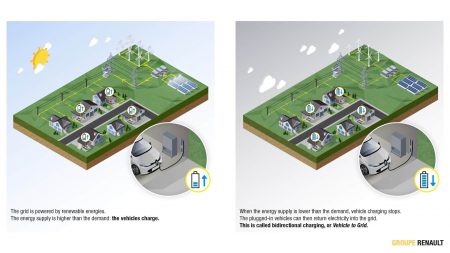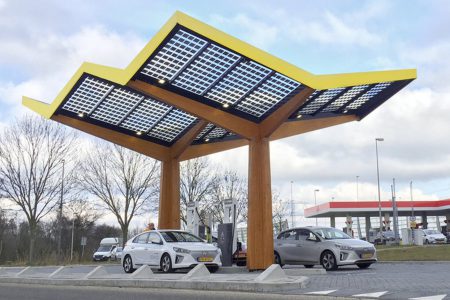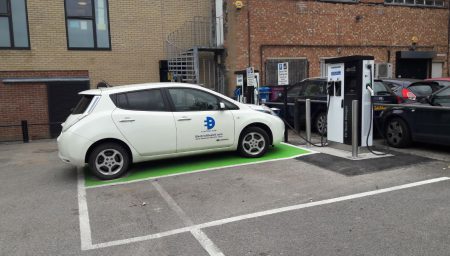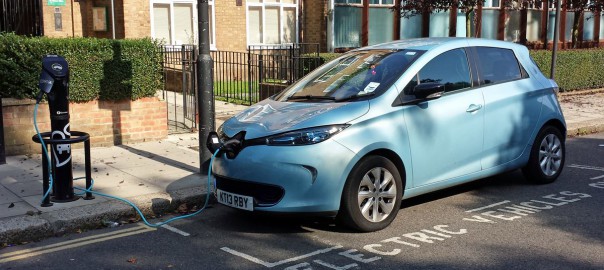First vehicle-to-grid projects live in the Netherlands and Portugal.
Renault has launched the first large-scale bi-directional charging pilot projects in Europe, starting in Utrecht, the Netherlands and on the Portuguese island of Porto Santo. Similar projects will follow in five more European countries with the aim to develop services and gather learnings for future harmonisation.
In concrete terms, Renault intends to introduce a fleet of 15 Renault Zoe vehicles with vehicle-to-grid functionality in Europe during the course of the year, in order to develop new bi-directional charging offers together with partners and lay the foundations for future standards. The aim is to get to the bottom of feasibility and potential benefits, according to a press release by the French. It is interesting to note that Renault is using alternating current technology, which is apparently based on the type 2 connector.
More than a year ago, the carmaker announced that, together with the energy supplier Empresa de Electricidade da Madeira, it wanted to turn the Atlantic island of Porto Santo into an “electric island” including electric cars, second-life batteries and V2G in combination with “smart” charging. While this trial is going ahead, not as much is known about the second project in the Dutch town of Utrecht. Renault only mentions that it is a pilot project in an ecosystem developed by We Drive Solar.
Read more: Electrive













